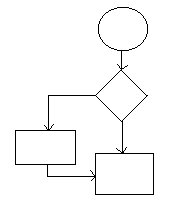
CIS 375 SOFTWARE ENGINEERING
University Of Michigan-Dearborn
Dr. Bruce Maxim, Instructor
Coupling:
Definition: degree of inter-module dependence.
Factors:
Types Of Coupling:
(Low is good)
Decouple:
(Avoid race conditions, no waiting)
Cohesion:
(High is good)
Techniques to Cohesion And ¯ Coupling:
(Donít make a major decision in the lower modules)
Design Heuristics:
Data Design:
Architectural Design:
Procedural Design:

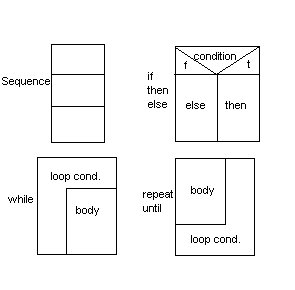
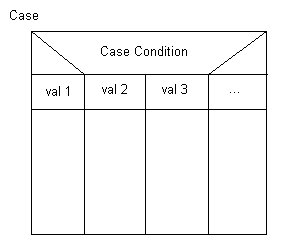
Procedural Design: (cont.)
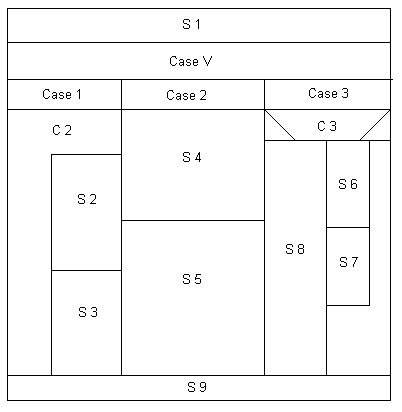
S1
Case V of
Case 1: while C1 do
S2
S3
Case 2: S4
S5
Case 3: if C2 then
Repeat
S6
S7
Until C3
Else
S8
S9
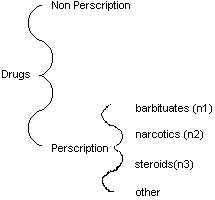
Perspective of the system as data transforms.